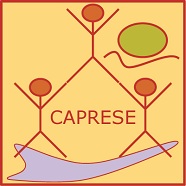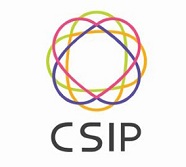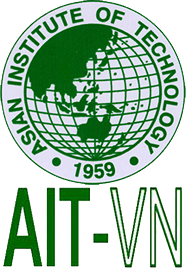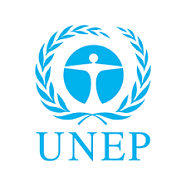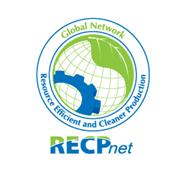Zero-waste farming

Based on the perspective of the infinite cycle and the nature biogeochemical cycle, the zero-waste agriculture model simulates the biogeochemical process at a small scale, which minimizes unsustainable input elements and ensure high sustainability of the products in each stage of the cycle.
In this agricultural model, processes are linked together by the means of different sustainable technologies linking process technologies to create a closed-loop zero-waste cycle. Through appropriate technologies, the output of one process will be the input of another. Advantages of the model are:
-
Bring the natural biogeochemical cycles back into equilibrium (carbon cycle, nitrogen, phosphate)
-
Reduce consumption of non-renewable resources
-
Enhance and improve the quality of living environment (soil, water and air)
-
Create sustainable products with high quality of values (organic food, fertilizer...)
-
Can be applied to different scales (household, farm, plantation...)
-
Use technologies that are easy to operate
-
Take advantage of the abundant agricultural labor in Vietnam
This agricultural model has been applied in a number of projects and areas in Vietnam (Suoi Giang, Xuan Mai, Ba Vi) and its feasibility has been proven.
On-site composting technologies
These technologies help decompose various sources of agricultural waste or organic waste by utilizing different bacteria and micro organism. Some advantages of on-site composting include:
-
Low cost
-
Easy to find input materials and easy to implement on the spot
-
Help improve soil and surrounding environment
-
Increase resistance to pests and diseases
-
More sustainable than chemical fertilizers
Annually, the amount of agricultural waste in Vietnam in huge but not properly utilized yet. Hence, the application of on-site composting technologies will help minimize the environmental impact and cost of fertilizers production and agricultural soil improvement. Some posting technologies include:
-
Making compost with mesophilic bins
-
Making compost with Toptex (non-woven) fleeces
On-site Waste Treatment & Feed Making
These techniques treat organic (agricultural & household) wastes by means of natural methods. The outputs of such process are feed or micro-organic fertilizers. These technologies support the treatment of waste sources such as cattle manure, low-grade (withered, crushed or redundant) vegetables. Instead of the natural decomposition that results in environmental pollution, they are treated with natural methods and the outputs are used for other processes.
Waste treatment with red worms
Red worms are fed with decomposed organic matters. They belong to a group of manure-eating worms, usually living in an environment rich in decaying organic matters. In nature, red worms scarcely live in a big population and they cannot improve soil directly like some other local earthworm species. However, red worms' body contains a high proportion of protein, which is very god source of feed supplement for livestock. On the other hand, red worms' residue is a sort of compost with very high quality and consistency.
Major sources of feed for the red worms include manure of cattle and horses, Manure of pigs, chicken and other organic matters should be incubated for decomposition before feeding to red worms. This species of worm can grow quite fast and be raised in different scales (small, medium or large farms).
Worm farming and residue-harvesting techniques are fairly simple. Along with the use of BSF larvae, waste treatment technique by red worms will complement each other and brings high economic and environmental efficiency.
Lactic acid fermentation
Organic waste (mostly vegetables and fruits) is fermented in a hermetic environment full of lactic acid bacteria with the PH of below 4.2 to pasteurize wastes and preserve nutrients. Some advantages of this technique include:
-
Fully exploit wasted (low-grade, redundant, disposed) vegetables and fruits to make feed for the livestock
-
Vegetables and fruits after processed with this technique could be fed directly to the livestock without being cooked
-
Fermented feed is extremely good for the digestion system of livestock
-
Easy to implement at low cost
Bio-toilet
Bio-toilets are used to separate solid and liquid wastes of human beings for separated treatment. The solid waste is stored inside a tank and gone through aerobic decomposition process; while the liquid part is used as a protein supplement for plants, poured onto compost piles or led into ponds to feed duckweed. The use of bio-toilets in remote areas will help:
-
Reduce air, water and soil pollution
-
Limit infectious diseases
-
Reduce water consumption
-
Reduce costs
-
Utilize human wastes (phosphor in the solid part and nitrogen in the liquid one)
Soil Improvement
These technologies are to improve degenerate soil, which is often sour, toxic hard, dehydrated and lacks nutrients and biological activities. Soil improvement techniques help:
-
Prevent soil erosion and constantly add nutrients into it
-
Improve the physicochemical properties of sial, especially its sponginess to reduce toxin and increase the absorption capacity.
Soil covering
This technique follows natural mechanism found in forest ecosystems, which is to cover the soil with living or dead floristic compositions. Cover trees include those that are multifunctional, with fast growth speed, high living mass, high adaptability, strong root system to break down hard soil and deeply suck nutrients from the earth's womb. Arachis pintoi and cassia are two useful plants for soil improvement (especially in the Northern mountainous areas of Vietnam).
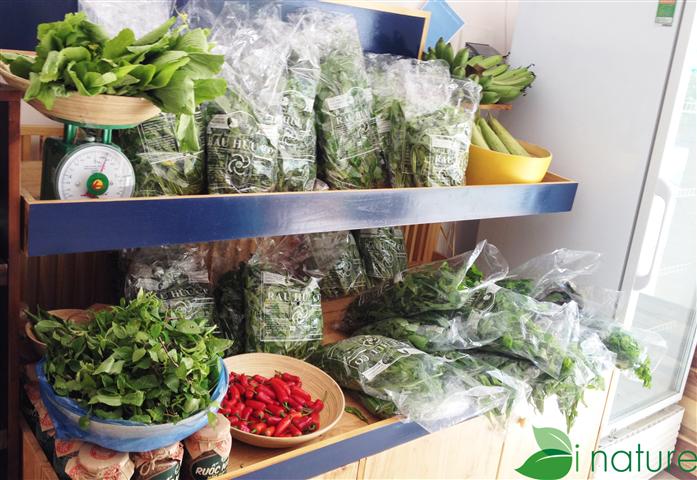
Natural Plant Protections
These natural techniques help control pests and diseases. Their advantages include:
-
It is harder for pests and diseases to resist the combination of chemicals extracted from plants than synthetic ones
-
Farmers could select the method that is most appropriate for their locality
-
These vegetative methods are quite simple, easy and safer than the currently used pesticides
-
These methods are not costly and farmers can implemented right on their own lands
Vegetative materials are combined and used to protect plants. The essence of these methods is to use chemicals extracted from nature, treated or untreated, to prevent plants from pests and diseases.
Flavoring plants
Chemicals are extracted from one or two plants with pungent odor, which drives the pests away.
Ash
Ash of certain plants, such as acacia, casuarina, cypress, eucalyptus, mango, millet, rice, tamarind.., can be used effectively to expel certain pests and insects or disinfection purposes.
Bio-control
-
Create habitat for pests' enemies
-
Diversify plants
-
Rotate crops
-
Plant alternately and successively, mix different types of trees
-
Plant in multiple beds and plots
-
Cultivate regularly
Vegetative materials
Active plants, such as garlic, chili, onion, tea, daisy, eucalyptus..., are processed to make spraying solutions that kill insects, pests, and natural enemies.
Natural-bio water treatment
In the natural environment, chemical-physical-biological processes happen when soil, water, air and organism interact with each other. These processes are used to design natural systems fro waste water treatment.
There are also other processes such as photosynthesis, photo-oxidation, and nutrient absorption of the floral system. In the wild, they happen at a 'natural' speed and simultaneously within one ecosystem; while in artificial systems, these processes happen one after another in different reactive tanks.
Waste water treatment with filtering fields
Waste water is poured onto the surface of one field in an estimated flow to reach a certain treatment level through the natural physical-chemical-biological processes of the soil-water-floral system. Three goals are reached by using filtering fields fro waste water treatment:
-
Treat waste water
-
Reuse nutrients in waste water for other production processes
-
Recharge groundwater streams
Compared to artificial systems, waste water treatment with filtering fields consumes less energy. While treatment with filtering fields only needs energy to pull and pour waste water onto the soil, that with artifical methods needs energy to pull, stir and mix, air-plunge, circulateive pump waste water and mud. As little mechanical equipment is used, operation and maintenance of the waste water treatment system with filtering fields are much easier and less costly. However, such treatment processes certain drawbacks such as he requirement of a large area, dependence on land structure and climate conditions.






